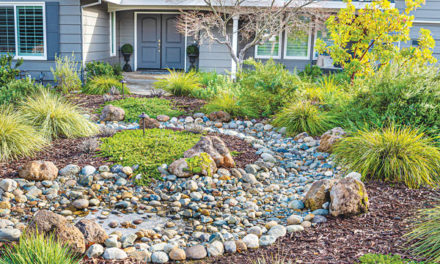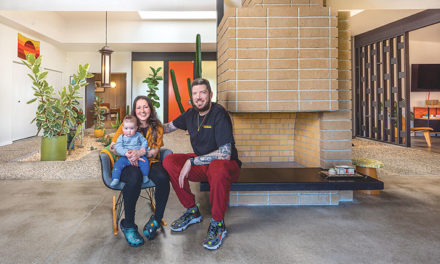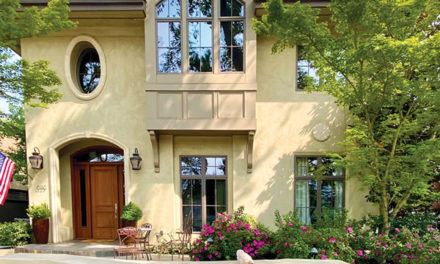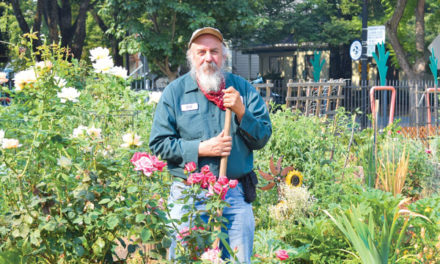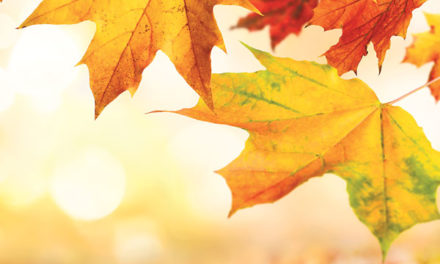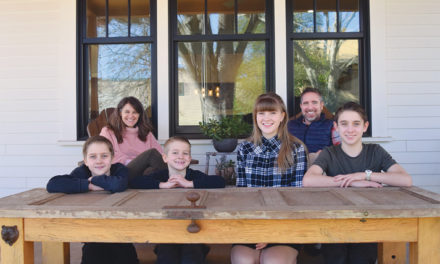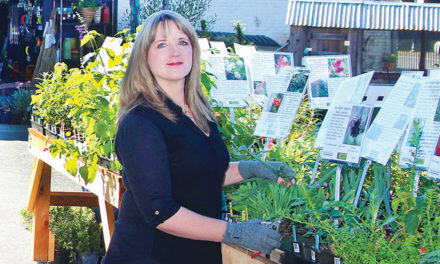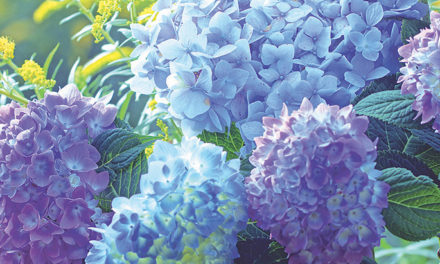Beyond Basic Basil
It’s time to plant summer’s favorite herb
By Anita Clevenger
May 2019
Summer cuisine isn’t summer cuisine without fresh basil. We pulverize it into pesto and toss it into tomato sauce. We combine it with tomatoes and mozzarella cheese to make pizza, lasagna and caprese salad. While it’s a staple of Italian cooking, Californians use it in many kinds of food. There are dozens of mouth-watering basil recipes just a Google search away.

What kinds of basil should you grow? Sweet basil is commonly sold, but there are many other varieties. It’s wise to sample a leaf to be sure you like the taste. You can buy basil with big leaves to use as wraps or compact plants with little leaves. Genovese types are ideal for pesto. Also available are purple-foliaged basil, Thai basil or varieties with flavored leaves. I discovered lemon basil last year and fell in love with it, giving bunches to grateful friends, family and neighbors. It was wonderful cooked with chicken, seafood or eggs, added to salads or even used to make tea.
I’m glad I planted two of them!
African Blue is a sterile hybrid that will bloom constantly without setting seeds. This basil is edible, but has a strong flavor. It’s usually grown for its beauty and ability to attract pollinators. Last summer, I tried three similar, but smaller, basils. Magic Mountain grew the largest, to about 3 feet. Wild Magic was a little more than 2 feet. Red Ball was the smallest at about 16 inches. All had purple-tinged foliage, continuously produced lavender-pink flower spikes without deadheading and were tender to frost. Wild Magic was the best size for my garden, but you can’t go wrong with any of them, and the bees will buzz with gratitude.
When you harvest basil for cooking, don’t put it in the refrigerator. Leaves will blacken with too much cold. Instead, put the stems into a glass of water and set it on your counter, pinching off leaves and flowers as you need them.
You can buy a big basil plant from the grocery store, but it will need some attention to last longer than a few weeks. These statuesque beauties have been grown in a peat-moss potting mix in a greenhouse, forced with lots of fertilizer, water and light. Such plants are already fairly mature and woody. To keep one growing, cut the plant back, remove it from the pot and plant it in the ground or in good potting mix in a container. Don’t feel guilty if it doesn’t survive.
In fact, you shouldn’t feel guilty if any of your basil plants get too big and woody despite your best efforts. Rose Lovell of Morningsun Herb Farm advises planting a second round of basil in mid-summer. Newer plants will be more productive and have better flavor too.
As temperatures dip in the fall, basil plants start to look scruffy and suddenly drop their leaves. Harvest before that happens. While you can dry the leaves, you’ll retain their fresh flavor by freezing pesto or chopped basil, topped with water or oil, in ice-cube trays.
Basil can be grown indoors year-round in a sunny window or under fluorescent or LED lights. Be sure that you give the plants plenty of water and light, and fertilize once a month.
No matter what time of year, one bite of fresh basil and it’s summer again.
Anita Clevenger is a lifetime Sacramento County UC Master Gardener. For answers to gardening questions, contact the UC Master Gardeners at (916) 876-5338 or mgsacramento@ucanr.edu, or visit sacmg.ucanr.edu. The next Open Garden will be held May 11 from 9 a.m.–noon at the Fair Oaks Horticulture Center, 11549 Fair Oaks Blvd. in Fair Oaks.































































